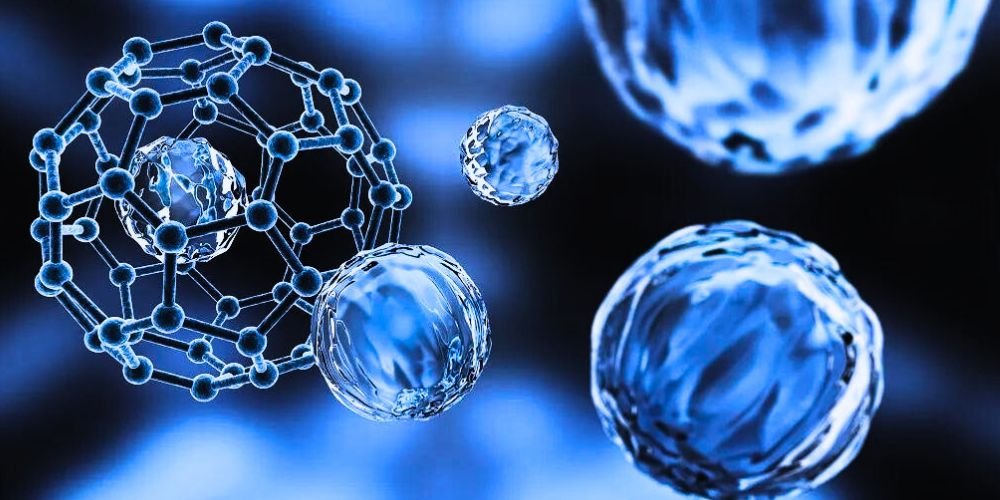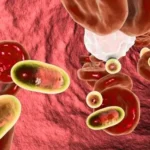In the fast-paced world of consumer electronics, biomedical devices, and food packaging, nanopackaging emerges as a revolutionary approach to safeguarding products and enhancing their performance. By harnessing the unique properties of nanomaterials and advanced fabrication techniques, nanopackaging offers unparalleled protection, durability, and functionality at the nanoscale. This article delves into the realm of nanopackaging, exploring its principles, applications, and transformative impact on diverse industries.
Unveiling Nano packaging
Nanopackaging involves integrating nanomaterials and nanotechnology into packaging materials and structures to enhance their properties and functionalities. At the nanoscale, materials exhibit unique characteristics, such as high strength, flexibility, and barrier properties, which can be leveraged to improve packaging performance and address specific requirements in various applications.
Principles of Nano packaging
Nanopackaging relies on principles of nanoscience, materials engineering, and surface chemistry to design and fabricate packaging solutions with enhanced functionality and performance. By precisely controlling nanomaterials’ composition, structure, and properties, nanopackaging enables the development of lightweight, durable, and multifunctional packaging materials.
Nanomaterials in Packaging
A variety of nanomaterials, including nanoparticles, nanocomposites, and nanostructured films, find applications in nanopackaging. These materials offer unique advantages, such as improved mechanical strength, enhanced barrier properties, and antimicrobial effects, making them ideal candidates for enhancing the performance of packaging materials in diverse applications.
Techniques in Nano packaging
Nano packaging employs a range of techniques to incorporate nanomaterials into packaging materials and structures:
Nanocoating and Surface Modification
Nanocoating techniques involve depositing thin layers of nanomaterials onto the surface of packaging materials to impart specific properties, such as barrier performance, moisture resistance, and antimicrobial activity. Surface modification methods, such as plasma treatment and chemical functionalization, enhance the adhesion and compatibility of nanomaterials with packaging substrates.
Nanoparticle Dispersion and Encapsulation
Nanoparticles can be dispersed or encapsulated within packaging materials to provide tailored functionalities, such as UV protection, oxygen scavenging, and flavor retention. Techniques such as melt mixing, solvent casting, and electrospinning enable the uniform dispersion and encapsulation of nanoparticles in polymer matrices, enhancing the performance of packaging materials.
Nanostructured Films and Membranes
Nanostructured films and membranes offer precise control over barrier properties, mechanical strength, and surface functionality in nanopackaging applications. Fabrication techniques such as layer-by-layer assembly, template synthesis, and molecular self-assembly enable the design of nanostructured materials with customizable properties for specific packaging requirements.
Applications of Nano packaging
Nano packaging finds widespread applications across various industries, driving innovation and addressing key challenges in product protection, preservation, and performance:
Electronics and Semiconductor Packaging
Nano packaging protects sensitive electronic components from moisture, contaminants, and mechanical damage in the electronics industry. Nanocomposite materials, nano encapsulants, and nano coatings provide advanced protection and reliability in semiconductor packaging, ensuring the longevity and performance of electronic devices.
Food and Beverage Packaging
Nano packaging revolutionizes the food and beverage industry by extending shelf life, preserving freshness, and ensuring food safety. Nanocomposite films, nanoemulsions, and antimicrobial coatings inhibit microbial growth, prevent oxygen and moisture ingress, and enhance the stability of packaged food products, addressing consumer demand for quality and convenience.
Biomedical and Pharmaceutical Packaging
Nanopackaging enhances the stability, efficacy, and safety of drugs, diagnostics, and medical devices in biomedical and pharmaceutical applications. Nanoparticles, nanofibers, and nanostructured coatings enable controlled drug release, targeted delivery, and implantable devices with enhanced biocompatibility and performance, driving advancements in personalized medicine and healthcare.
Future Directions and Challenges
Despite its transformative potential, nano packaging faces challenges and opportunities for further innovation:
Safety and Regulatory Considerations
Nanomaterials’ safety and regulatory implications in packaging require careful assessment and standardization to ensure consumer safety and environmental sustainability. Developing guidelines for the safe handling, disposal, and labeling of nanopackaging materials is essential for addressing regulatory concerns and building public trust.
Environmental Impact and Sustainability
Understanding the environmental impact of nanopackaging materials and processes is critical for promoting sustainability and reducing resource consumption. Research efforts focus on developing eco-friendly nanomaterials, biodegradable packaging solutions, and recycling technologies to minimize environmental footprint and promote circular economy principles.
Integration of Emerging Technologies
Integrating nanopackaging with emerging technologies, such as smart packaging, Internet of Things (IoT) sensors, and blockchain technology, opens new opportunities for real-time monitoring, traceability, and quality control in packaging systems. Collaborative research and innovation efforts drive the convergence of nanotechnology with digital technologies to create intelligent and responsive packaging solutions.
Conclusion
Nanopackaging represents a paradigm shift in the design, fabrication, and functionality of packaging materials and structures, offering unprecedented capabilities for protecting and enhancing products in diverse industries. By harnessing the unique properties of nanomaterials and advanced fabrication techniques, nanopackaging drives innovation, improves product performance, and addresses pressing challenges in product protection, preservation, and sustainability. As researchers and industry stakeholders continue to explore the vast potential of nano packaging, the future holds exciting possibilities for safer, more sustainable, and technologically advanced packaging solutions that meet the evolving needs of consumers and society.










